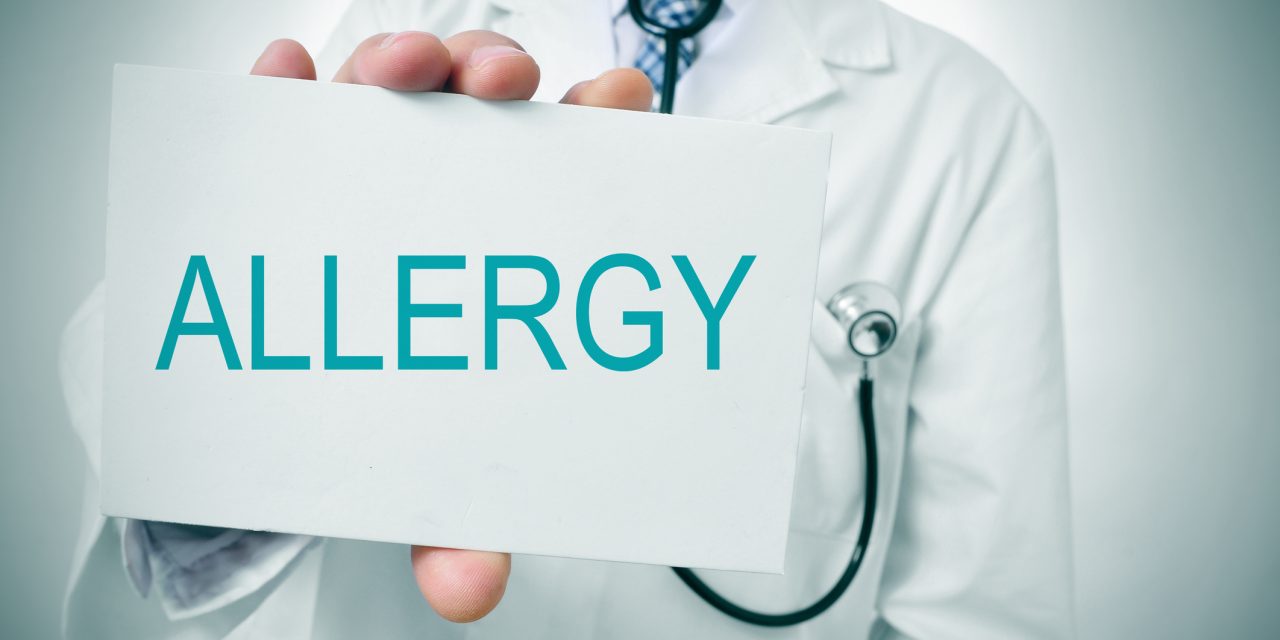It is a new clinical technique for coronaviruses, using the pulmonary proteoliposomes. The technique is a possible therapy to reduce total viral load in the lungs and to help the immune system prevent infection effectively. SARS-CoV-2 (Severe Acute Respiratory Syndrome Coronavirus 2), the most recent virus in the family of coronaviridae, has been shown to cause COVID-19 syndrome (Coronavirus Disease-2019). SARS-CoV-2 invades mostly alveolar epithelial cells, leading to acute respiratory distress syndrome that can destroy infected patients. In an effort to address those problems, scientists are suggesting another approach to reduce the infection propagation, providing the infectious virus to a synthetic cell-surface rival. Viruses like coronaviruses invade cells on their viral surfaces by specialised proteins and hook them to a particular host membrane receptor. The binding of viral S(spike) protein to the ACE2 receiver causes SARS-CoV-2 infection, allowing the entry of viral RNA into the cells. The use of protocells, such as ‘pulmonary proteoliposomes’ as rivals, can distract viruses in this approach.
The fusion of ACE2 and Liposomes is a complex. Liposomal vesicles are noted for their possible role as drug carriers to the target tissue; several trials have shown their protection for inhaling pulmonary molecules. Proteoliposomes from phospholipids and glycoproteins are extremely similarly used for the baiting and inactivation of coronaviruses in human pulmonary cell membranes.
Reference: https://www.tandfonline.com/doi/full/10.1080/21645515.2020.1758534


